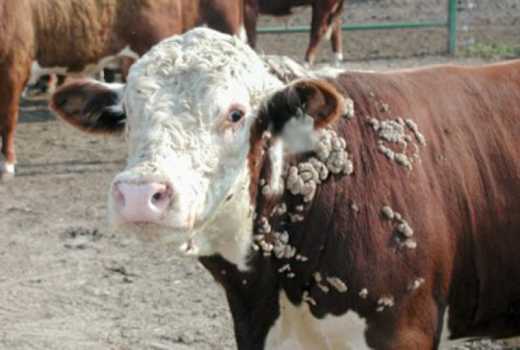×
The Standard e-Paper
Kenya's Bold Newspaper

Growing up in my village as a boy, we were brought up to believe it was a taboo to come into contact with another person’s saliva for fear of contracting a skin infection. We referred to this disease as “Puch” in the local dialect. Many years later I would interact with this disease.
This time I would encounter it in the world of academia.